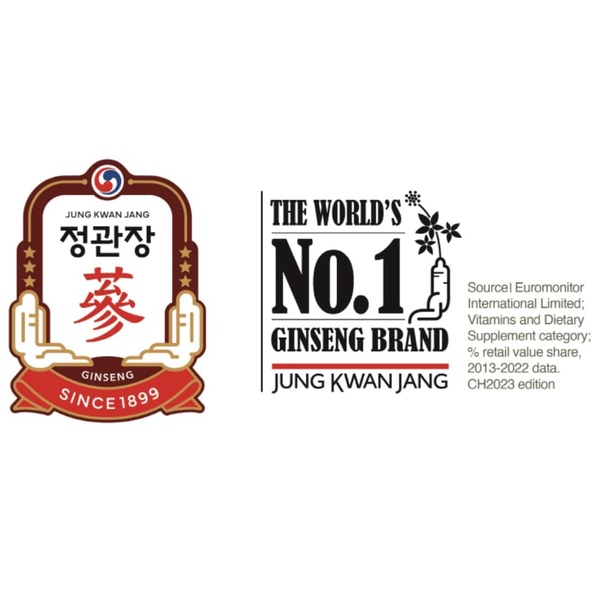I am about to have dinner at one of Tokyo’s most sought-after luxury hotels, right in the heart of the swanky business district of Otemachi. Yet here I am, no makeup, barefoot, and dressed in an onsen robe. It’s not exactly the outfit one would imagine for a fancy night out, but this, I am told, is all part of the experience, and I’m relishing the hotel’s casual approach to its luxe offerings.
Dinner is in the hotel’s guest-only, no-name restaurant located in the basement, so there are no glitzy views of the city, just like the rest of the building. Of course, there is the option of keeping the shoji screens open in your own rooms, but the idea is to forget about the outside world and be completely immersed in the hotel experience. The concept started from a little thought experiment by Yoshiharu Hoshino, CEO of Hoshino Resorts, and one of Japan’s most iconic hoteliers today.

If one were to strip away all the Western notions of luxury, what would a high-end hotel in modern Japan look like? “The Hoshinoya brand is about expressing our definition of luxury in Japan...
based on traditional local culture,” explained Hoshino. Together with his brother, they are the fourth-generation owners responsible for turning their 110-year-old family business from a single ryokan in countryside Karuizawa, to one of the leading luxury hospitality groups in Japan today, with five brands and 71 properties under their belt. Hoshinoya Tokyo is not your standard high-end hotel, and that is apparent from the moment you step through the building’s discreet sliding doors.
In place of a grand lobby is a minimalistic hallway. You are greeted with a deep bow by a host who is kneeling, already awaiting your arrival. Then it’s shoes off – the entire building has tatami flooring, even in the elevator.
It’s almost like you’re stepping into someone’s home. “The basic principle of luxury hospitality in Japan really comes from tea ceremony hospitality, which we’ve had for a long time in the history of Japan,” said Hoshino. What he’s referring to is omotenashi, the philosophy that a host should serve wholeheartedly, and with total mindfulness towards the guest.
However, that doesn’t mean that guests should expect their every whim and fancy to be catered to. In fact, it’s quite the opposite. “The guest follows the host, because the host knows best.
So instead of us trying to meet the needs of our customers, we try to provide what we want them to experience,” he continued. As such, the hotel offers a range, from tea ceremonies, where guests learn how to make and savour a cup of matcha the traditional way, to Kenjutsu lessons, an ancient form of sword-fighting that takes place on the rooftop in the mornings. Incidentally, the site where Hoshinoya Tokyo stands was once the residence of the Sakai family, a famous samurai clan that supported the government of the shogun Tokugawa Ieyasu in the 1600s.
“Hoshinoya always starts with selecting a location, and the location really determines the theme of the hotel. Two hundred years ago, the only hotels in the Tokyo area were traditional Japanese ryokans. But they all disappeared,” said Hoshino.
PRESERVING JAPANESE CULTURE The number of ryokans have decline significantly. In 1995 there were nearly 72,000 establishments. By 2017, that number had fallen to 39,000, according to a report by Savills Research.
Financial woes, an ageing population, and the lack of succession planning (ryokans are usually family-run), are some of the reasons for the decline in prominence over the decades. This puts a threat to centuries-old tradition in the ryokan culture and Hoshino wants to change that trajectory by reviving this culture through his hotels, and tourism data suggests that he is on the right path. A survey by Klook found that travellers, especially millennials and Gen Zs, are willing to spend more on immersive, authentic experiences that make them feel connected to a place and its culture.
According to another survey by Savills Research , more tourists are becoming interested in the ryokan segment. “We are trying to focus more on what kind of environment we can create. That is becoming very important,” said Hoshino.
At Hoshinoya Tokyo, staff are trained the traditional Omotenashi way. From the way they move their hands, to how they speak, even the way they walk. Every nuance is an embodiment of Omotenashi hospitality, which guests get to experience through their service.
To me, the hotel experience was a way to pique my curiosity towards a side of Japanese culture that would otherwise seem too mystifying to approach. Of course, it helped that I had just binged the whole season of Shogun, so I really was just living my fantasy of being a noblewoman like Lady Mariko in the show. DIVERTING TOURISTS AWAY FROM THE USUAL HOTSPOTS Apart from the group’s luxury brands which include Hoshinoya, Kai and Risonaire, the company also has growth plans for two of their mid-range urban brands, OMO and BEB.
Their newly opened OMO5 is in Gotanda, an area that is often overlooked by tourists. The neighbourhood exudes an old-meets-new charm. Having been a red-light district before, it’s now a bustling residential and business area, and fast earning itself a reputation as a culinary haven.
Within walking distance of the hotel, there are 1,200 F&B outlets, ranging from wine bars to establishments that have been around for 70 years. “I am a strong believer that travel should be a series of discoveries. We want people to discover new things as they spend time in our hotels,” emphasised Hoshino.
Hoshino is a strong advocate of getting more tourists to explore areas outside of urban Japan. While some people might think this could lead to overtourism, he has a different perspective: “It’s not really overtourism. We just need to diversify customers to different locations to maintain a sustainable level of tourism.
” Currently, three quarters of foreign tourists only frequent five prefectures. There are 47 prefectures in Japan. To put that in perspective, Kyoto received more than half a million international visitors in 2022.
In contrast, Yamaguchi, one of the least popular destinations for international visitors, received only 9,000. Hoshino Resorts is currently developing a resort complex in Yamaguchi under its luxury brand Risonare. Each room will look out to the Kanmon Straits that separates Honshu and Kyushu, two of Japan’s four main islands.
“Our cultural travel is very strong, and that's why Tokyo, Kyoto and Osaka are popular. But there are so many attractive locations elsewhere,” said Hoshino. IMMERSIVE AND EXPERIENTIAL TRAVEL But even in popular locations like Kawaguchiko – the town that attracts tourists for the iconic photo of Mount Fuji outside a Lawson convenience store – there are ways to get away from the crowds.
I discovered this through my stay at Hoshinoya Fuji. Each of the 40 private cabins features unblocked views of Mt Fuji, best enjoyed over an in-room breakfast on the balcony. Cabin designs are kept minimal to lure guests out of the rooms, and into the great outdoors for free activities like scent-making using materials from the forest or stretching sessions in the woods.
Through their seasonal menu, I discovered that Yamanashi, where the hotel is located, is Japan's largest producer of grapes, peaches, and plums. During the peach blossom season, the hotel organises picnics at a peach farm, and in summer, they incorporate these peaches into their menu. When I visited the farm, peach farmer Toshihiko Horii was eager to tell me how he sees his collaboration with the hotel as an opportunity to spread his message about environmental management.
He provides the hotel with wood from old peach trees that are chopped down, which burns longer than commercial firewood, hence reducing the amount of wood needed. “ Reducing carbon dioxide is the mission of our generation and protecting the landscape is a very important job for both me and the hotel,” he said. Then there is the prefecture’s 140-year history of winemaking, a fun fact I discovered through wines served in the hotel.
One of the wineries, Katsunuma Winery, has produced wines that have won multiple medals at Vinalies Internationales, a prestigious French wine competition. Fourth-generation winemaker Jun Aruga hopes that more people will come to see his hometown’s wine as being on-par with those from top wine-producing countries. I hear that Austrian glassware manufacturer Riedel may soon design a wine glass specifically for the grape variety he grows.
It’s stories like these that Hoshino hopes his guests will discover for themselves by staying at his hotels. “We need to attract more travellers to those locations, large enough to make an impact on economic growth, at the same time maintaining the nature and local authenticity for the long term,” he explained. Beyond Japan, Mr Hoshino has his eyes set on North America, where he hopes to open a series of Japanese-style hotels.
“Growth is not our goal,” he said. Instead, he deems it necessary to keep the 110-year-old legacy alive. “It will be difficult, but what we can offer the world is the Japanese definition of a luxury experience.
This will be our competitive edge and differentiating factor,” said Hoshino..



















